Raphaël Hertzog: Freexian s report about Debian Long Term Support, October 2021


- Our project funding work continues with an active bid on the work of packaging gradle in Debian. The next steps are reviewing the bid and formal approval.
- In October 2,475 EUR was put aside to fund Debian projects.
- Adrian Bunk did 40.5h in October (out of 28.5h assigned and 18h remaining, thus keeping 6h for November).
- Anton Gladky did 12h (out of 12h assigned).
- Ben Hutchings did 14.75h in October (out of 2h assigned and 28h remaining, thus keeping 15.25h for November).
- Chris Lamb did 18h (out of 18h assigned).
- Holger Levsen did 1h (out of 12h assigned, but gave back the remaining 11h).
- Jeremiah Foster worked 20h (out of 20h assigned and 10h remaining, thus keeping 10h for November).
- Markus Koschany did 28.5h (out of 28.5h assigned).
- Ola Lundqvist did 5h (out of 5h assigned).
- Roberto C. S nchez did 28.5h (out of 28.5h assigned).
- Sylvain Beucler did 23.5h (out of 28.5h assigned, but gave back the remaining 5h).
- Thorsten Alteholz did 28.5h (out of 28.5h assigned).
- Utkarsh Gupta did 28.5h (out of 28.5h assigned).
Also, we would like to remark once again that we are constantly looking for new contributors. Please contact Jeremiah if you are interested! The security tracker currently lists 37 packages with a known CVE and the dla-needed.txt file has 22 packages needing an update. Thanks to our sponsors Sponsors that joined recently are in bold.
- Platinum sponsors:
- TOSHIBA (for 74 months)
- GitHub (for 64 months)
- Civil Infrastructure Platform (CIP) (for 42 months)
- Gold sponsors:
- Roche Diagnostics International AG (for 85 months)
- Linode (for 79 months)
- Babiel GmbH (for 68 months)
- Plat Home (for 67 months)
- University of Oxford (for 24 months)
- Deveryware (for 11 months)
- VyOS
- Silver sponsors:
- The Positive Internet Company (for 90 months)
- Domeneshop AS (for 89 months)
- Nantes M tropole (for 83 months)
- Univention GmbH (for 75 months)
- Universit Jean Monnet de St Etienne (for 75 months)
- Ribbon Communications, Inc. (for 69 months)
- Exonet B.V. (for 59 months)
- Leibniz Rechenzentrum (for 53 months)
- CINECA (for 42 months)
- Minist re de l Europe et des Affaires trang res (for 36 months)
- Cloudways Ltd (for 25 months)
- Dinahosting SL (for 23 months)
- Platform.sh (for 18 months)
- Bauer Xcel Media Deutschland KG (for 17 months)
- Moxa Intelligence Co., Ltd. (for 12 months)
- sipgate GmbH (for 9 months)
- OVH US LLC (for 7 months)
- Tilburg University (for 7 months)
- Bronze sponsors:
- Evolix (for 90 months)
- Seznam.cz, a.s. (for 90 months)
- Linuxhotel GmbH (for 87 months)
- Intevation GmbH (for 86 months)
- Daevel SARL (for 85 months)
- Bitfolk LTD (for 84 months)
- Megaspace Internet Services GmbH (for 84 months)
- Greenbone Networks GmbH (for 83 months)
- NUMLOG (for 83 months)
- WinGo AG (for 82 months)
- Ecole Centrale de Nantes LHEEA (for 79 months)
- Entr ouvert (for 74 months)
- Adfinis AG (for 71 months)
- Laboratoire LEGI UMR 5519 / CNRS (for 66 months)
- Tesorion (for 66 months)
- GNI MEDIA (for 65 months)
- Bearstech (for 57 months)
- LiHAS (for 57 months)
- People Doc (for 53 months)
- Catalyst IT Ltd (for 52 months)
- Supagro (for 47 months)
- Demarcq SAS (for 46 months)
- Universit Grenoble Alpes (for 32 months)
- TouchWeb SAS (for 24 months)
- SPiN AG (for 20 months)
- CoreFiling (for 16 months)
- Institut des sciences cognitives Marc Jeannerod (for 11 months)
- Observatoire des Sciences de l Univers de Grenoble (for 7 months)
- Tem Innovations GmbH
- WordFinder.pro
- CNRS DT INSU R sif

 .
On the global stage, about a decade ago, Stephen J. Dubner and Steven Levitt argued in their book
.
On the global stage, about a decade ago, Stephen J. Dubner and Steven Levitt argued in their book 

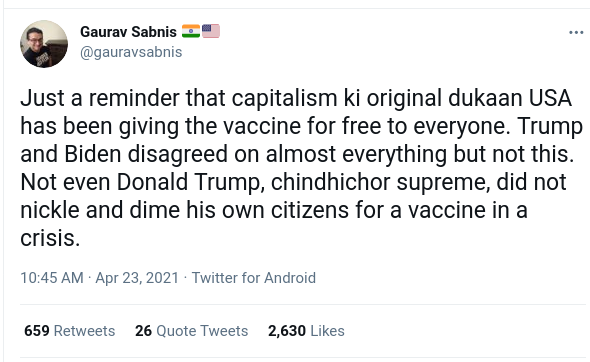
 Pappu Yadav, President Jan Adhikar Party, Bihar May 11, 2021
Pappu Yadav, President Jan Adhikar Party, Bihar May 11, 2021





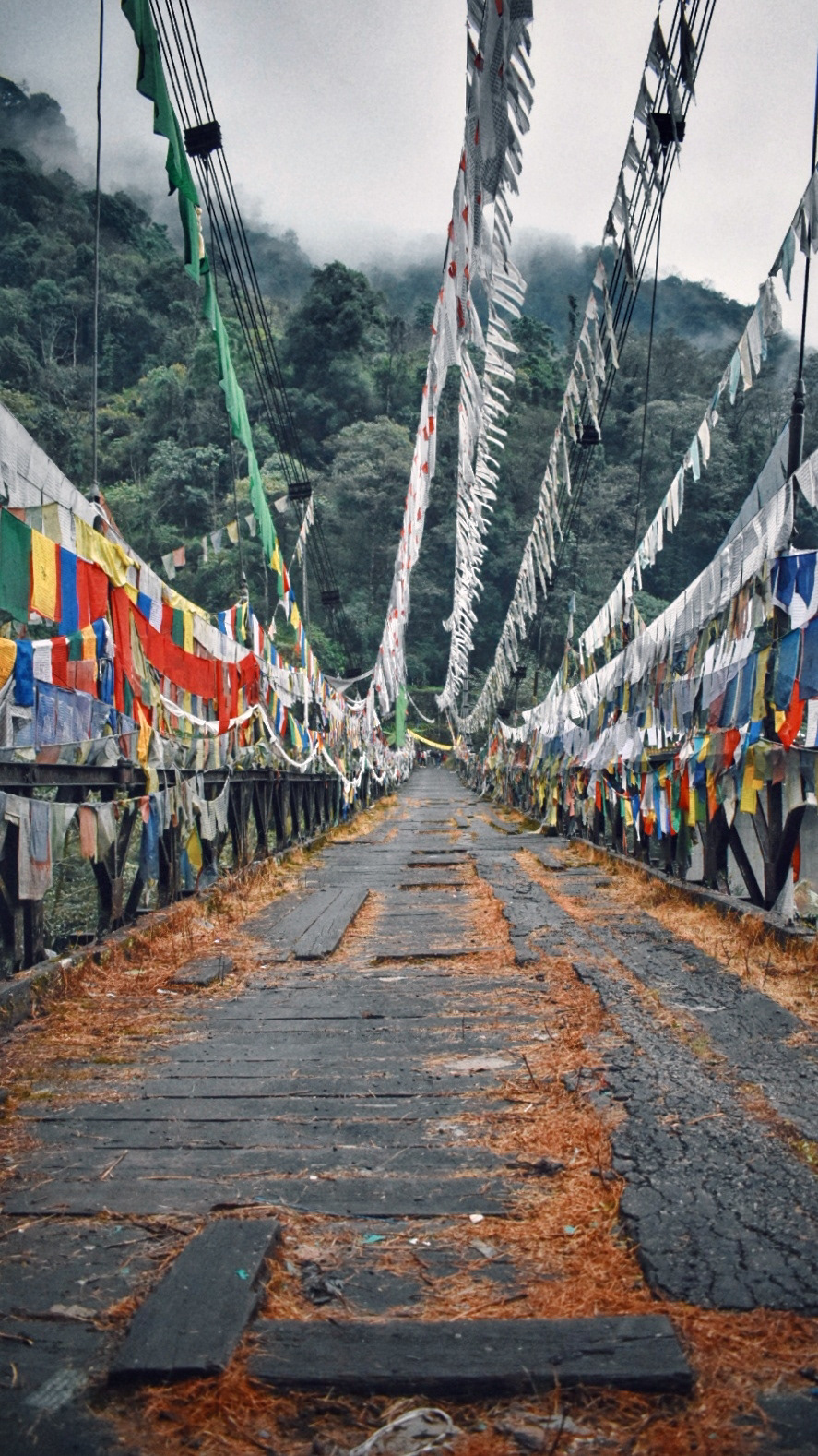

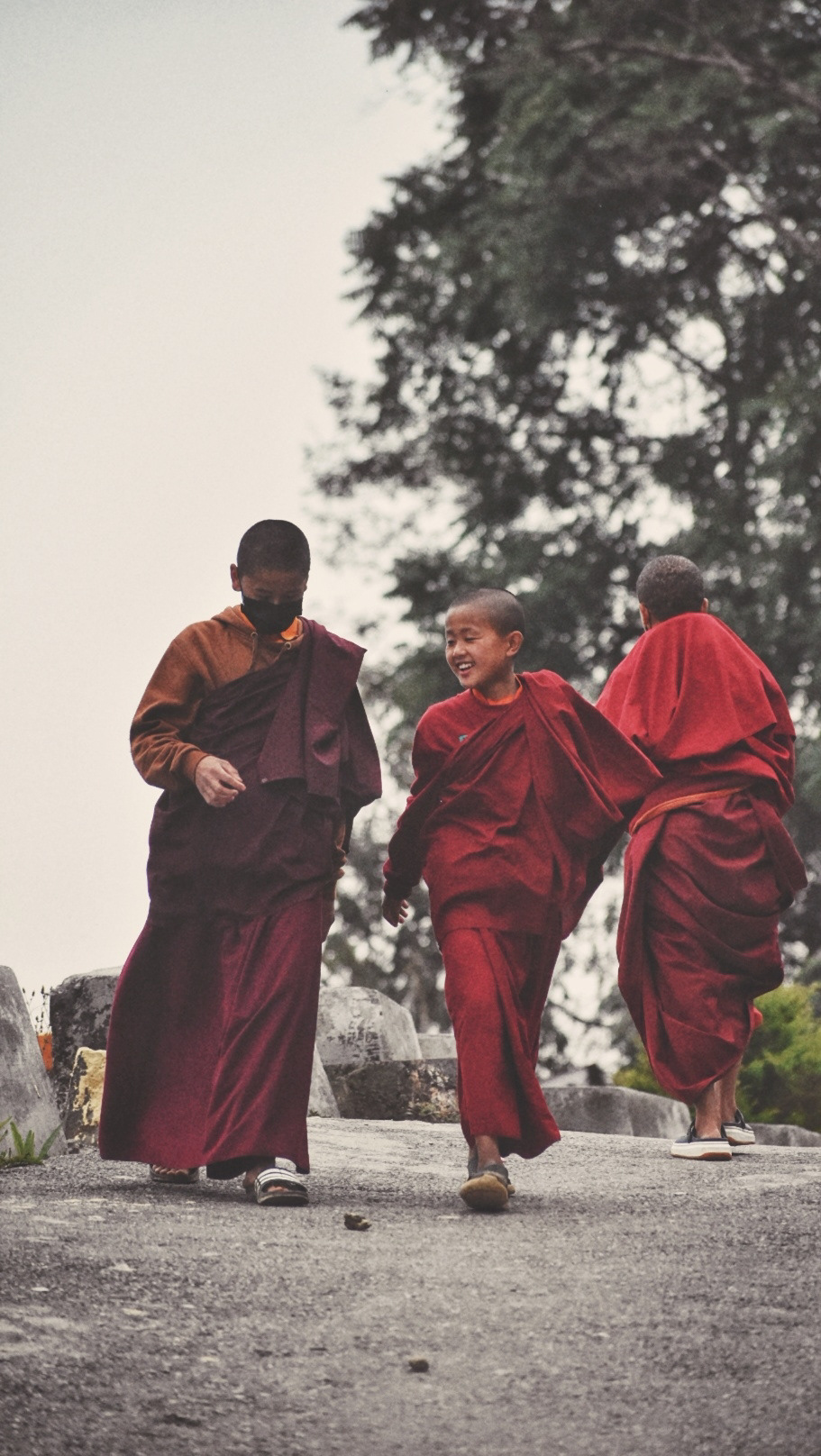
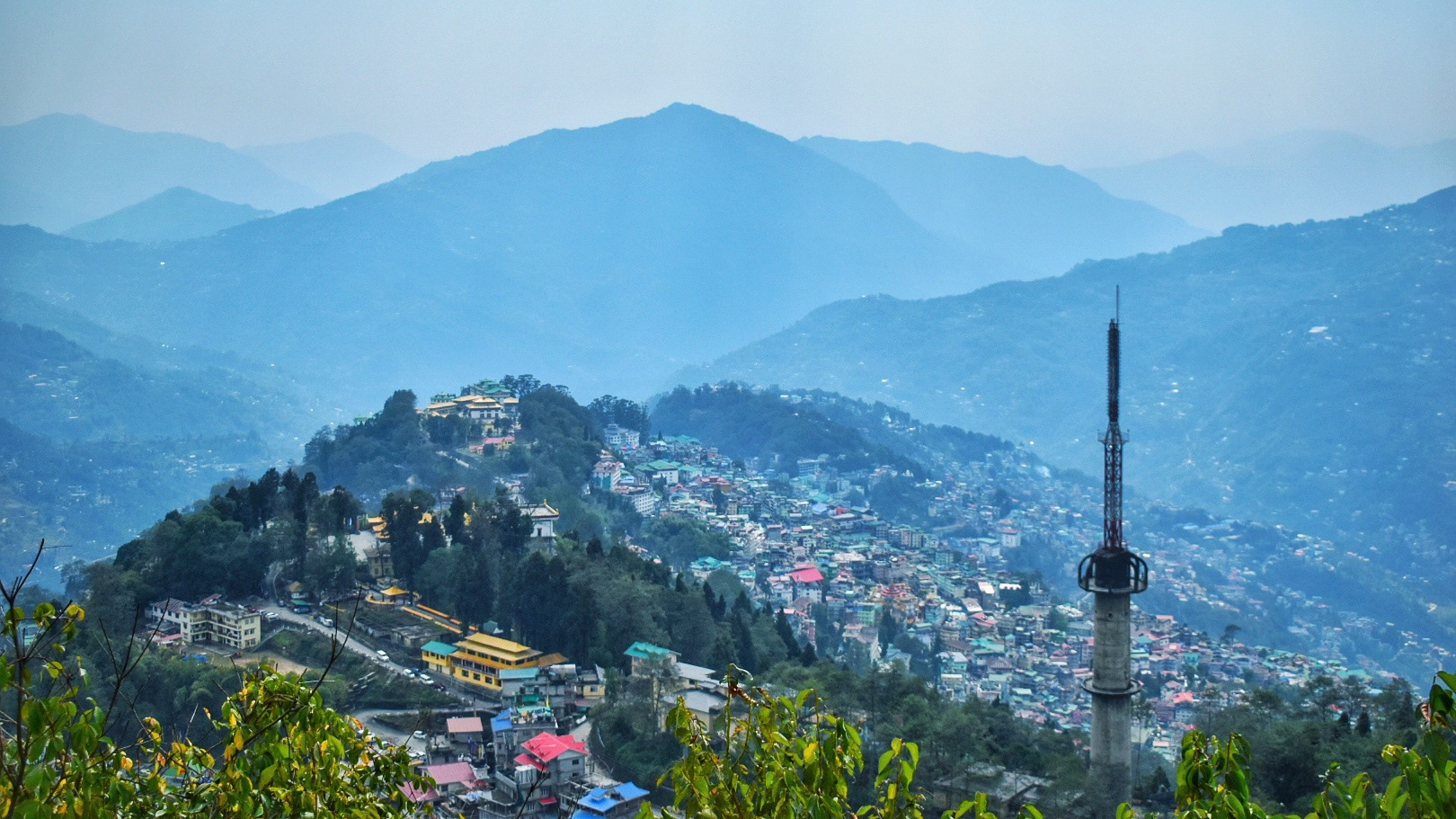
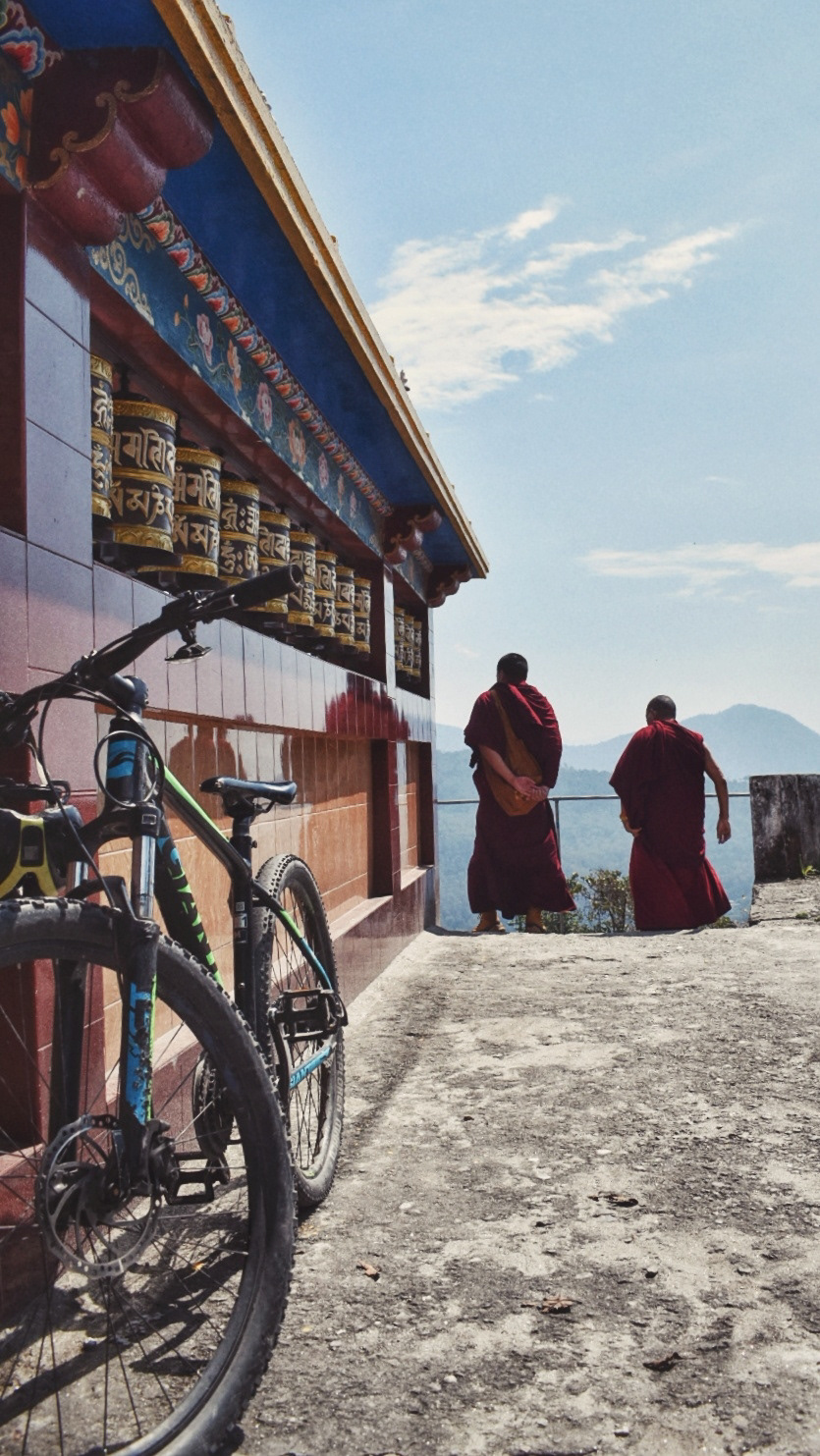

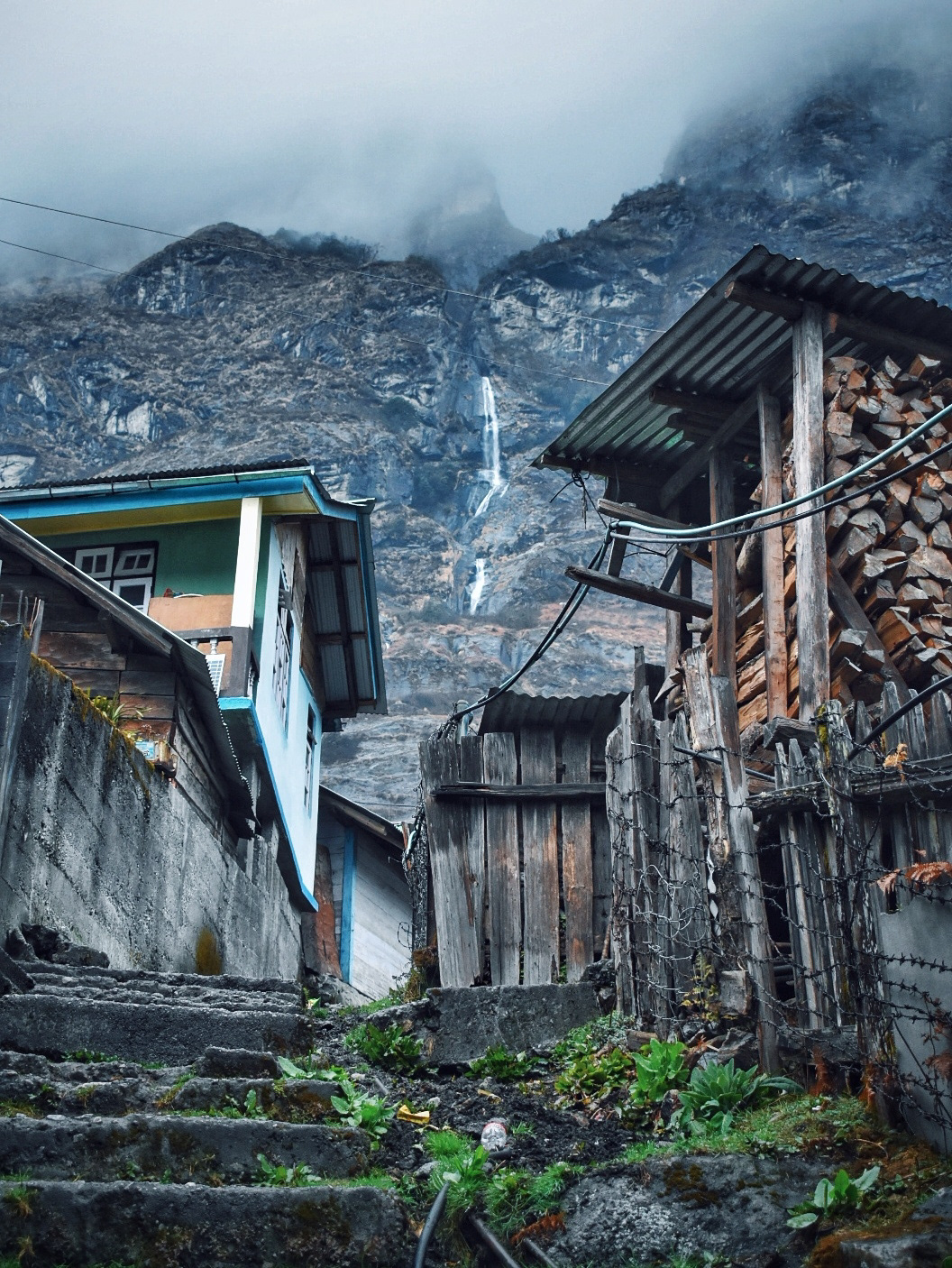
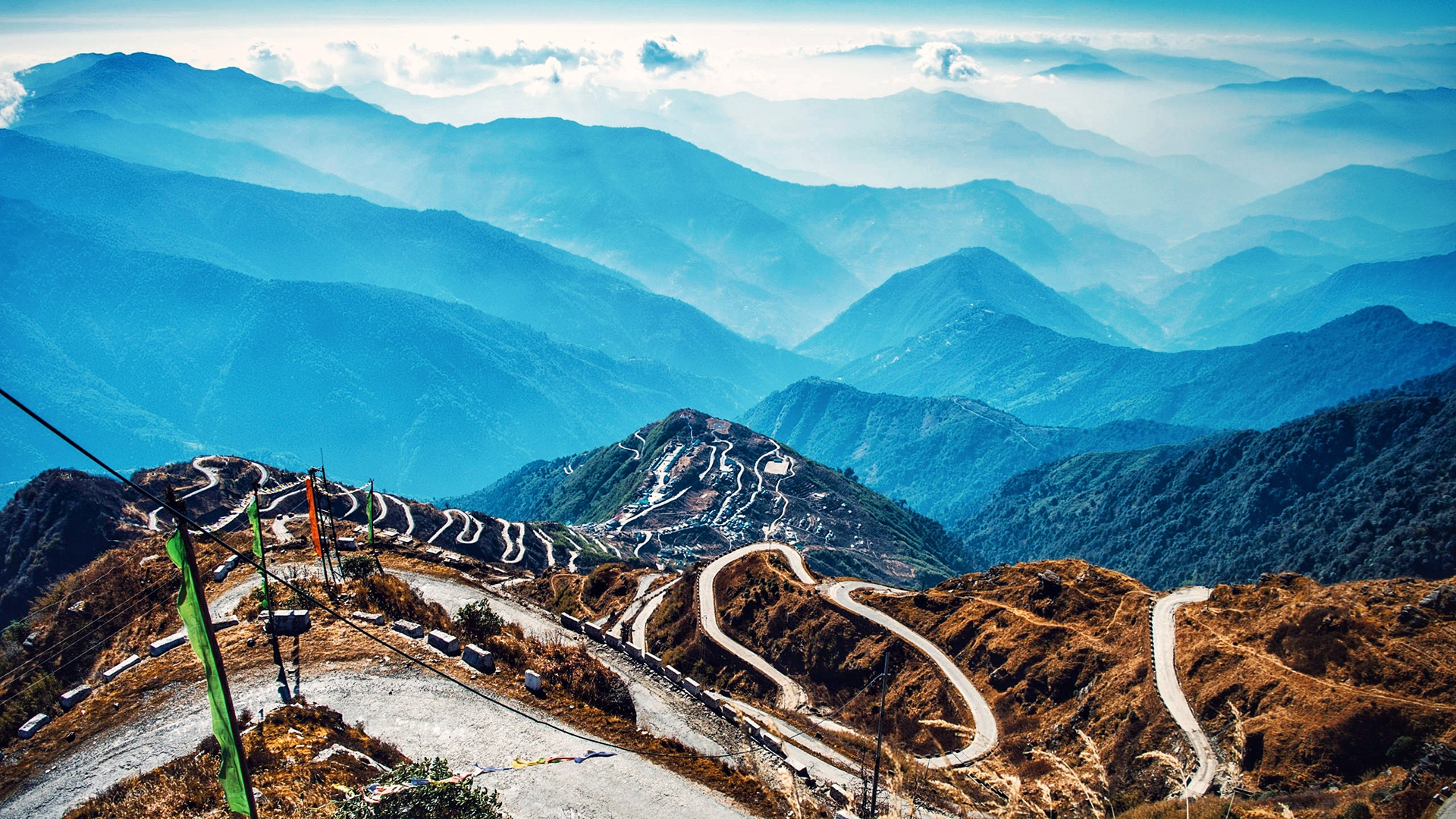
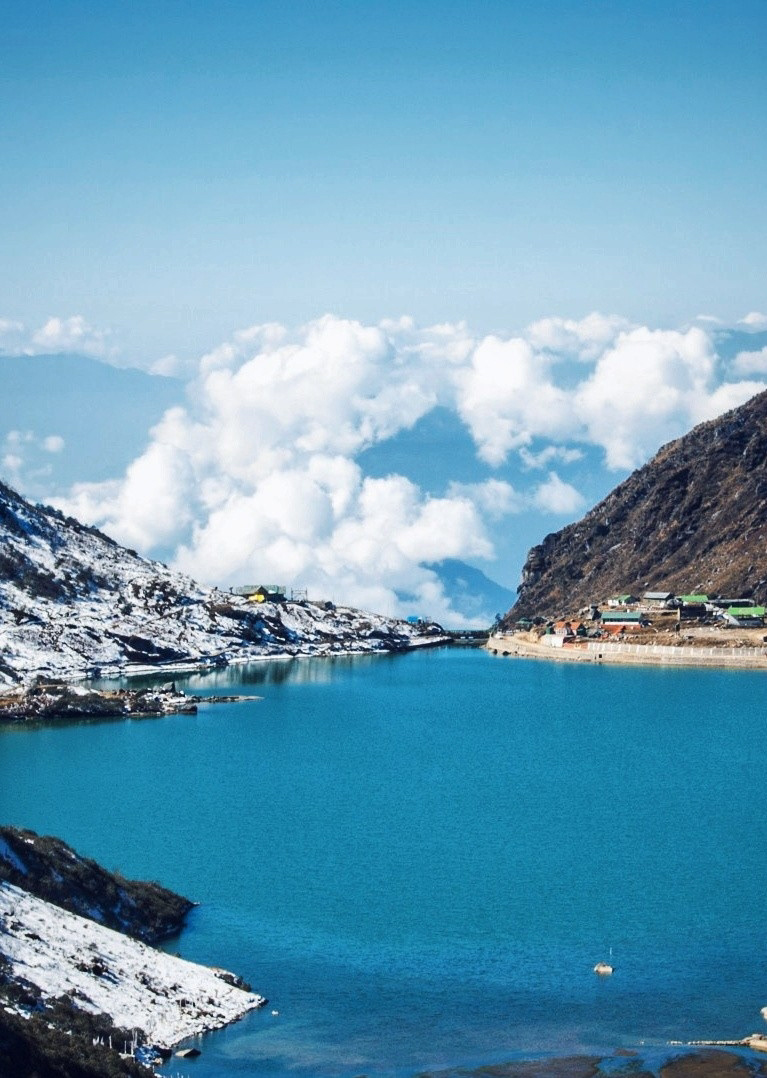
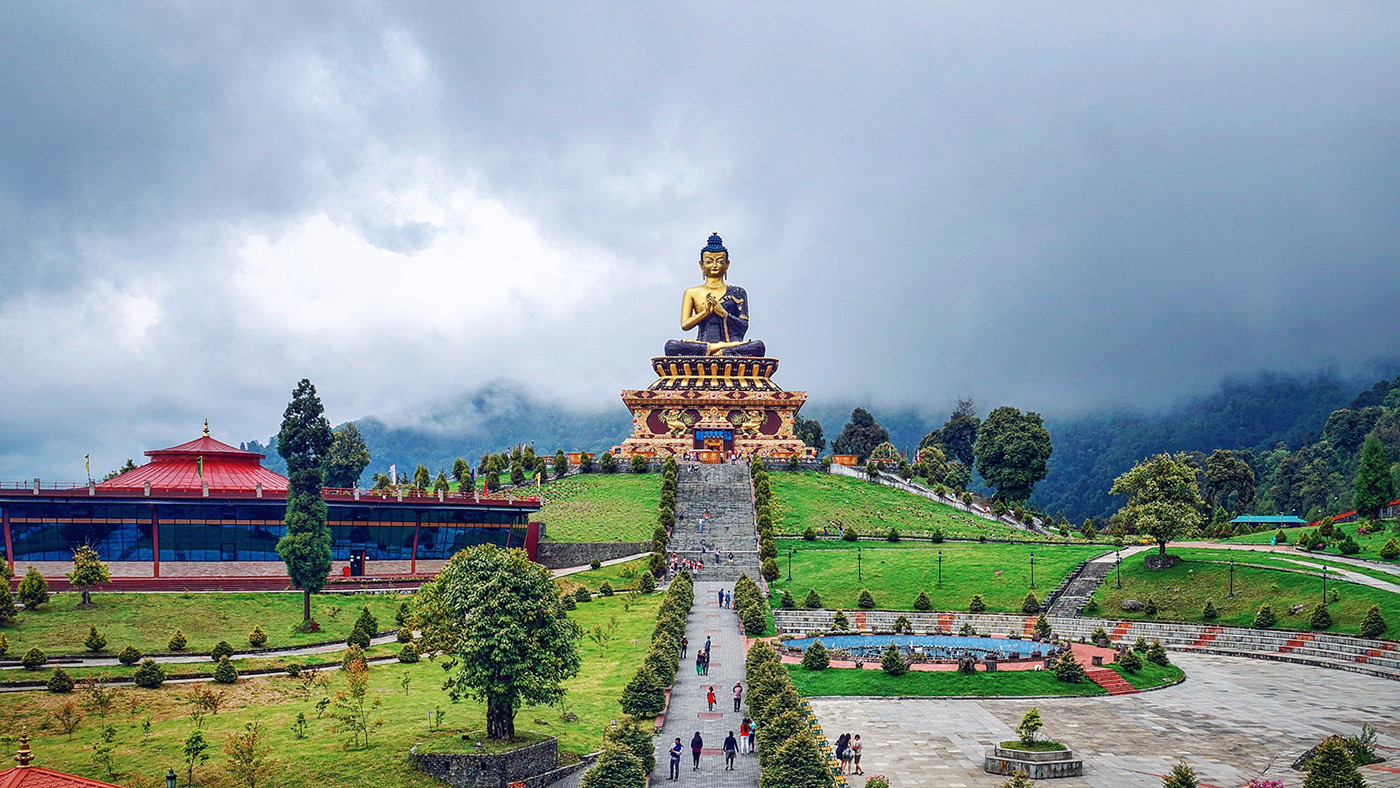


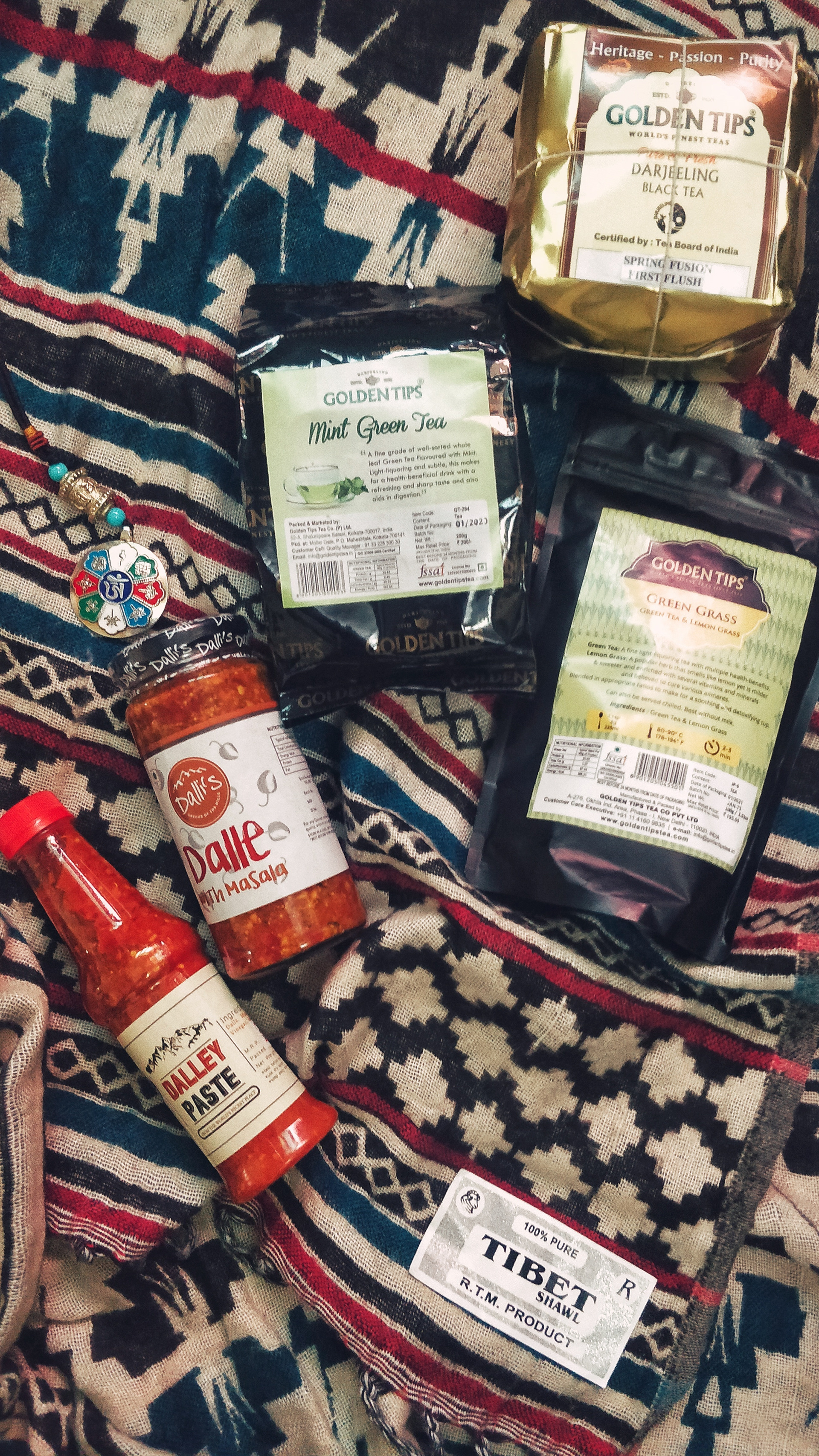
 As my contributions to Debian continue to grow in number, I find myself
uploading to the archive more and more often.
Although I'm pretty happy with my current sbuild-based workflow, twice in the
past few weeks I inadvertently made a binary upload instead of a source-only
one.
As my contributions to Debian continue to grow in number, I find myself
uploading to the archive more and more often.
Although I'm pretty happy with my current sbuild-based workflow, twice in the
past few weeks I inadvertently made a binary upload instead of a source-only
one.



 Of course, reality has trouble matching all the post-processing filters.
Plan for the week
Now on a more serious note; apart from enjoying the beautiful city of Cambridge,
here's what the team plans to do this week:
tumbleweed
Stefano wants to continue refactoring our ansible setup. A lot of things have
been added in the last year, but some of it are hacks we should remove and
implement correctly.
highvoltage
Jonathan won't be able to come to Cambridge, but plans to work remotely, mainly
on our desktop/xfce session implementation. Another pile of hacks waiting to be
cleaned!
ivodd
Ivo has been working a lot of the pre-ansible part of our installation and plans
to continue working on that. At the moment, creating an installation USB key is
pretty complicated and he wants to make that simpler.
olasd
Nicolas completely reimplemented our streaming setup for DC17 and wants to
continue working on that.
More specifically, he wants to write scripts to automatically setup and teardown
- via API calls - the distributed streaming network we now use.
Finding a way to push TLS certificates to those mirrors, adding a live stream
viewer on
Of course, reality has trouble matching all the post-processing filters.
Plan for the week
Now on a more serious note; apart from enjoying the beautiful city of Cambridge,
here's what the team plans to do this week:
tumbleweed
Stefano wants to continue refactoring our ansible setup. A lot of things have
been added in the last year, but some of it are hacks we should remove and
implement correctly.
highvoltage
Jonathan won't be able to come to Cambridge, but plans to work remotely, mainly
on our desktop/xfce session implementation. Another pile of hacks waiting to be
cleaned!
ivodd
Ivo has been working a lot of the pre-ansible part of our installation and plans
to continue working on that. At the moment, creating an installation USB key is
pretty complicated and he wants to make that simpler.
olasd
Nicolas completely reimplemented our streaming setup for DC17 and wants to
continue working on that.
More specifically, he wants to write scripts to automatically setup and teardown
- via API calls - the distributed streaming network we now use.
Finding a way to push TLS certificates to those mirrors, adding a live stream
viewer on 